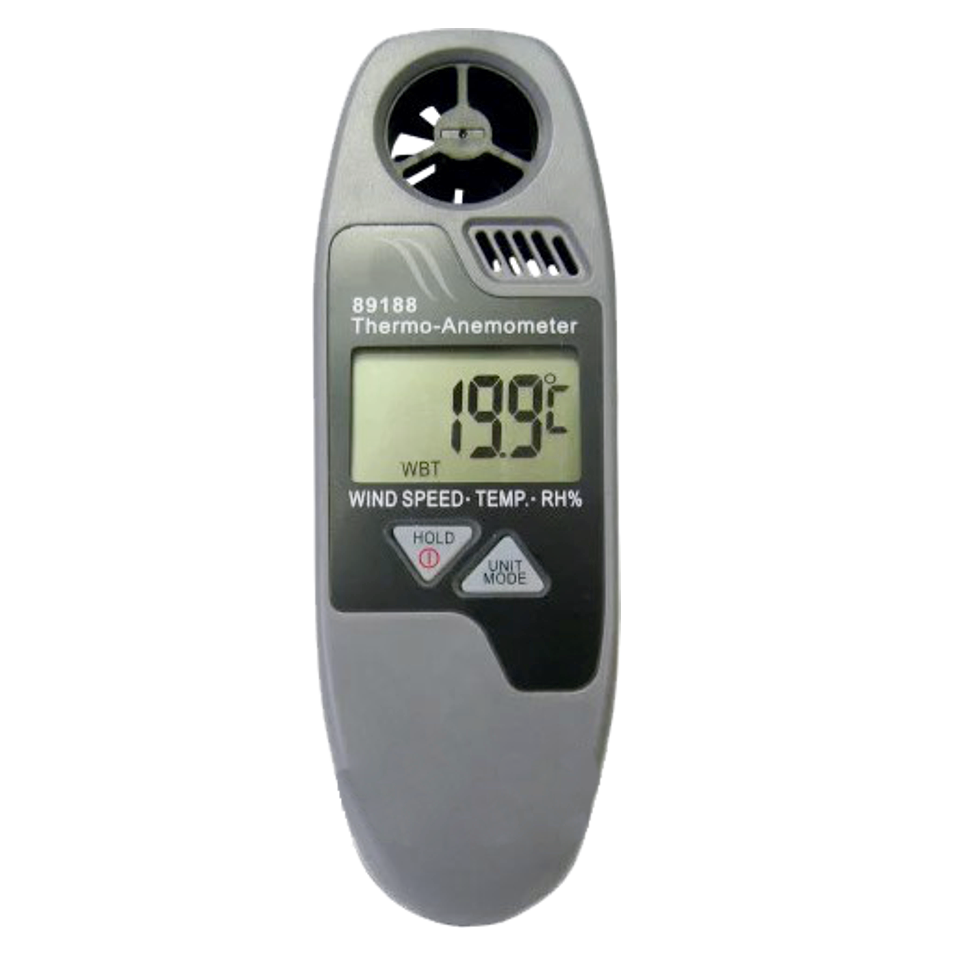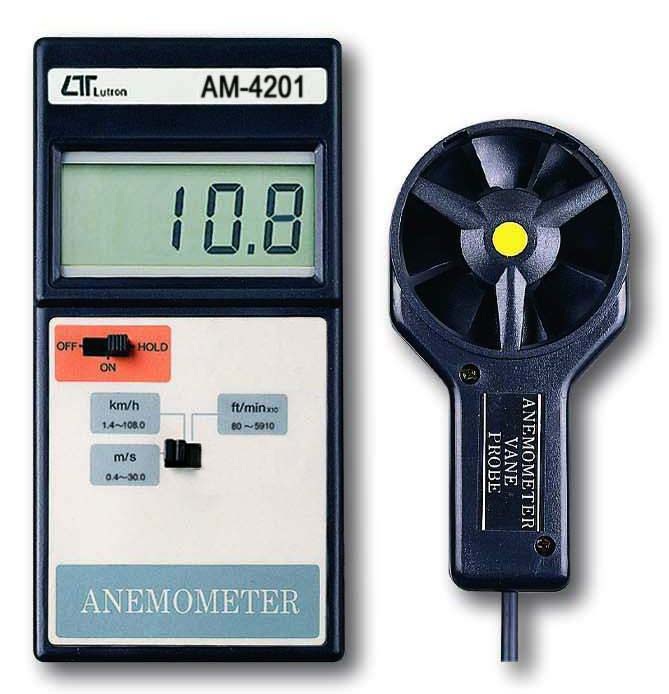Anemometer Innovations: The Most Recent Innovation for Wind Rate Measurement
Anemometer Innovations: The Most Recent Innovation for Wind Rate Measurement
Blog Article
All You Need to Understand About Anemometers: Exactly How They Work, Why They Matter, and Where to Utilize Them
Anemometers, however frequently forgotten in the realm of clinical tools, play an essential duty in different areas, offering important understandings into wind speed and air movement patterns. As we dive right into the details of anemometer innovation, we will discover the inner workings of these devices, their significance, and the key considerations when selecting the best anemometer for specific applications.

Anemometer Basics
A vital instrument used to measure wind rate and direction, the anemometer plays a crucial duty in meteorology and different industries. An anemometer usually is composed of three or 4 cups that revolve in the wind, a vane that directs into the wind, and sensing units to track the rotations or activities.
There are numerous kinds of anemometers available, including cup anemometers, vane anemometers, hot-wire anemometers, and sonic anemometers, each with its distinct features and applications. Cup anemometers are typically made use of for basic wind rate dimensions, while vane anemometers are favored for directional measurements.
Principles of Anemometer Operation
Structure on the foundational understanding of anemometer basics, the principles of anemometer operation clarify the mechanics behind wind speed and instructions dimensions. Anemometers run on the principle of air flow influencing a sensing unit, triggering it to turn. Mug anemometers, for circumstances, have 3 or even more mugs that record the wind, causing them to rotate faster as the wind speed boosts. The rotation speed is then exchanged a wind rate measurement. Vane anemometers, on the other hand, use a tail or a probe that straightens itself with the wind instructions, supplying a measurement of wind instructions based upon the alignment of the sensor. Hot-wire anemometers rely upon a heated cable that cools off as wind passes over it, with the rate of cooling determining the wind rate. Ultrasonic anemometers procedure wind rate and instructions by assessing the moment it considers ultrasonic signals to take a trip in between transducers. Comprehending these principles is critical for reliable and exact wind measurements in different applications.
Relevance of Anemometers
The relevance of anemometers in weather forecasting and various sectors can not be overstated. Anemometers play a critical function in measuring wind rate and instructions, offering necessary data for weather projecting, environment researches, environmental tracking, and air travel procedures. Meteorologists depend on anemometers to collect precise wind information, assisting them recognize weather condition patterns, anticipate tornados, and problem prompt warnings to the public. In markets such as building and construction, farming, renewable resource, and maritime operations, anemometers are used to enhance procedures, guarantee safety and security, and increase performance. As an example, wind farm operators use anemometers to evaluate wind conditions and make the most of electrical energy production from wind generators. In the maritime market, anemometers help ship navigating by supplying real-time wind details to captains, aiding them make notified choices to make sure secure voyages. On the whole, anemometers are important devices that add considerably to safety and security, efficiency, and notified decision-making in meteorology and a variety of industries.
Applications Across Various Industries
In the sustainable power industry, anemometers play a critical role in examining wind conditions for wind farm positionings, making sure optimum power production. Industries like construction and mining utilize anemometers to keep track of wind rates, vital for safety protocols, specifically when working at elevations or in open-pit mines where strong winds can posture risks. In agriculture, anemometers assist farmers in handling crop spraying by giving real-time data on wind rate Check This Out to avoid drift.

Selecting the Right Anemometer for Your Requirements
For basic objectives, a cup anemometer is suitable for measuring wind rate, while a vane anemometer provides wind direction information. Hot-wire anemometers are perfect for low airspeed dimensions, and ultrasonic anemometers provide high precision and sturdiness.

Conclusion
In final thought, anemometers play an important function in gauging wind speed and instructions throughout different markets. It is essential to consider the relevance of anemometers in order to make enlightened choices when picking the most appropriate tool for gauging wind conditions.
There are different kinds of anemometers readily available, including cup anemometers, vane anemometers, hot-wire anemometers, and sonic anemometers, each with its special attributes and applications. Mug anemometers are generally utilized for fundamental wind rate measurements, while vane anemometers are visit this page favored for directional measurements. Hot-wire anemometers are ideal for low airspeeds, and sonic anemometers are perfect for high-precision dimensions in research study and industrial setups.Structure on the foundational understanding of anemometer basics, the principles of anemometer procedure elucidate the auto mechanics behind click wind speed and direction dimensions. For general purposes, a mug anemometer is suitable for measuring wind rate, while a vane anemometer provides wind direction data.
Report this page